As someone who just updated a travel guide to Suva (Suva a History & Guide) I presumptuously assumed that I knew something about Fiji’s capital city. Well, my hubris quickly evaporated when I started perusing Nicholas (aka Nic) Halter’s expansive new book, Suva Stories a History of the Capital of Fiji.
Professor Halter, a lecturer in history at USP, has assembled an all-star cast of contributors, each of whom has authored a chapter in this compendium. It’s an eclectic group with specialties in history, sociology, law, politics, anthropology, linguistics, business, theater, music, diplomacy and religion. (I’m sure there’s a specialty or two that I missed).
As Nic Halter says in his introduction, Suva is a place that “defies easy description–still standing strong despite all the challenges that nature and humans have thrown at it over the decades”.
He points out that in addition to being the commercial and political center of Fiji it’s also a meeting place for everyday Fijians. Of course, it’s always been a destination for Fijians from throughout the islands to make their fortune or escape from the confines of the “koro” (village).
This continues to be the case as greater Suva expands. But I digress…
His introduction also includes the most detailed “Chronology” of Suva I’ve ever seen—a timeline stretching from the Lapita Period 3000 BP to 2022, where he notes on “15 August, Fiji has recorded 67,969 infections and 875 deaths directly attributed to COVID since March 2020.” I think it’s quite useful as a sort of introductory, skeletal outline.
Cultural Roots
The book is divided into three parts.
The first examines Suva’s historic underpinnings, beginning with the origins of the iTaukei or indigenous people. Essentially the first “locals” were displaced (to another site about 10 km away) to make way for the construction of the new capital.
In this section, Paul Geraghty, a noted linguist and historian, describes Suva’s oral traditions and the historical context of the capital’s early days. Of particular interest is his dive into place names. In an earlier incarnation Paul toiled with my colleague Albert Schütz on the Fijian Dictionary Project funded by the late American actor Raymond Burr (of Perry Mason fame).
Max Quanchi an Australia-based historian, follows Paul with a narrative about the travails of the Polynesia Company, the Melbourne-based, driving force behind the settlement of Suva. Quanchi describes these early vulture capitalists who saw an opportunity to purchase relatively inexpensive land to grow sugarcane. It didn’t work out too well in Suva but it certainly did in other parts of Fiji.
This portion of the book also features contributions from Robert Nicole, a Fiji academic who provides a social history of Suva. Dr. Nicole focuses on the complex relationships and alliances between the disparate racial groups–Fijians, Europeans and Indians. He also vividly chronicles the appalling treatment of the indentured laborers from India – the folks who toiled under the hot sun to build Suva.
In this section, Simione Sevudredre, a Fijian cultural expert reviews the pre-contact history of Suva and illustrates how Fijians still immerse themselves in the spirit of place through traditional music. (Simione’s examination of placenames in a musical vein tied in nicely with Paul Geraghty’s earlier discourse on the same subject).
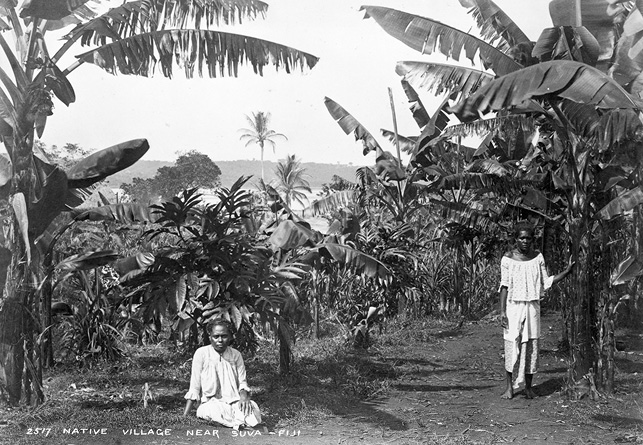
Part 2 covers Suva under British colonial rule in the twentieth century. Nic Halter and Jacqueline Leckie, a New Zealand-based academic with a background in anthropology, provide histories of Suva’s early jail and mental asylum—a gritty trip down memory lane that is often overlooked.
Perhaps it’s no accident, were told, that the prison, the asylum, several cemeteries (military and Chinese) and the former garbage dump, are in the same vicinity. Or, as Seona Smiles a journalist at the Fiji Times opined in 2011, “The dump, the dead, the mad and the bad”.
Racial Complexity
Although Fijians were admired by Sir Arthur Gordon, the first Governor and Commander-in-Chief of Fiji, the 19th century racial divisions between the colonial masters and the colonized were omnipresent. Halter’s chronology notes that in 1892, the “Native Dances Ordinance” prohibited ceremonial dancing within town boundaries without a permit. We also learn that the Indian population was particularly pummeled both in the press and by overt racism from the white population.
One incident, discussed In Robert Norton’s essay covering race relations in colonial Suva, was indicative of the tension between Indians and the local “Europeans”. Dr. Norton, an anthropologist at Macquarie University in Sydney, reminds us that in the late 1940s newly prosperous Indians, who were purchasing homes in white neighborhoods, were viewed by the Europeans as “economic competitors and challengers to racial privilege”. The minister at St. Andrews Church, the oldest in Fiji, wrote to the governor about “widespread discontent and alarm… the distress caused to Europeans by the proximity … of Indian homes.”
The minister suggested that the government set a ceiling on the home prices, which the Indians were outbidding Europeans on. The sympathetic response from the government representative was that the trend could not be stopped. Said Suva resident Amy Ragg, “the Indians have become arrogant to both Fijians and Europeans.”
Apparently even imagining that an Indian family might be your neighbor caused great discomfort to some local Europeans of that era.
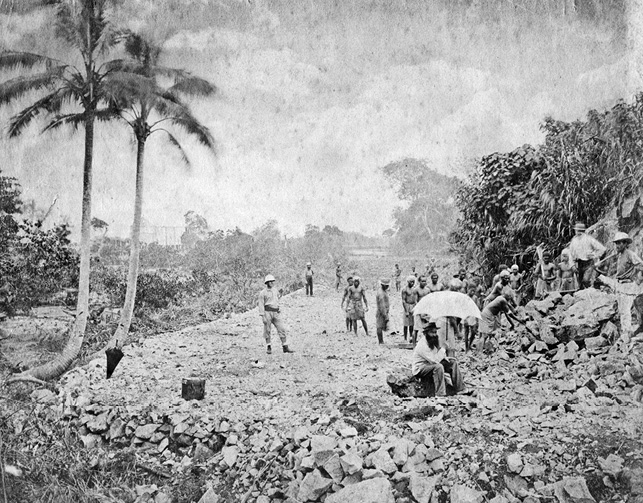
The Good Old Days
Part 3 is a collection of reminiscences by Suva residents.
This section lends a very personal touch and contrasts with the more academic approach of the first two sections. The contributors–Fijian, Indo-Fijian and European have a wide array of perspectives and speak frankly about the trials, tribulations and joys of 20th century Suva.
It’s not all fond memories of family outings or eating sweets at a Toorak curry shop.
Vijay Naidu, an academic reared in Suva, recalled an experience a few weeks before the second Republic of Fiji Military Forces coup in 2000. “An especially unpleasant incident,” said Professor Naidu, “involved the reggae band, ‘Rootstrata’, whose members dug up a lovo pit across from the Parliament in close proximity to Ratu Sir Lala Sukuna’s statue, and threatened to cook my friend Richard Naidu, a prominent local lawyer and adviser to Dr. Bavadra.”
Fortunately, Fiji’s tumult was the exception to Suva’s normally staid atmosphere. Daryl Tarte, a 4th generation “local European” who’s family came to Fiji in 1868, remembers as a child that Suva “was a very racially divided town”, but maintains that with the passage of time it became “a place where people of all races found peace, security and happiness in an otherwise troubled world.”
He believes Suva has always retained a distinctive character that makes it special. Says, Mr. Tarte, “when people walk along its streets they invariably eyeball each other, or smile faintly, as if to say hello or I hope all is well with you.”
My Suva Story
When I first arrived in Suva many decades ago I was immediately smitten. Suva was my oyster. There were people to meet, stories to be written, nightclubs to experience, and more than enough to do. I was a stranger, but felt accepted. In retrospect, couldn’t imagine this happening elsewhere.
It’s not a tourist mecca but that’s not necessarily a bad thing. You’re amidst local people. You’re not overwhelmed by vulagi (visitors) as in Honolulu and you’ll get the authentic treatment. That’s all anyone, as Mr. Tarte alluded to, can ask for.
Nic’s book is a perfect way to ensconce yourself into this humid “metropolis” of Suva. There are very few unturned stones in this collection of essays and you’ll have a greater appreciation of your time in Suva if you spend some time with this book prior to departure. Even if you know Suva, it will offer tremendous insight.
Although the author states that Suva Stories “does not pretend to be the authoritative history of Suva”, he’s being humble. it’s as close to a definitive history of Suva, as I’ve encountered.
I’m only going to quibble about one item. The author states that Albert Schütz’s 1978 book, Suva, A History and Guide “urgently needs updating.“
Dr. Halter was correct. These were pretty much the same words that I uttered to Al Schütz, suggesting that we update his book.
Ironically both Suva Stories a History of the Capital of Fiji and the updated Suva, A History and Guide were published within days of each other.
I’d say Nic Halter’s book is a perfect companion book to the guide I co-authored.
The price is right too. You can download it here, free of charge.




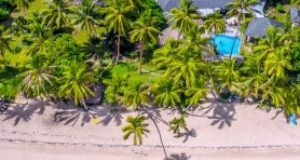
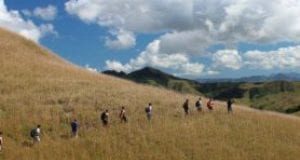
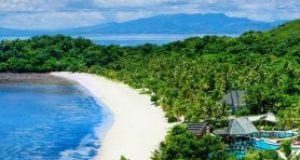

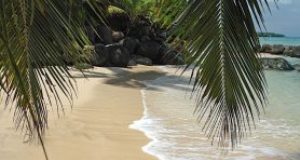
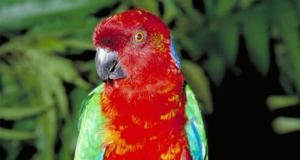
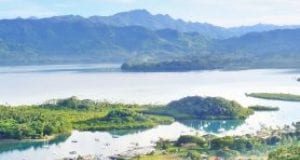

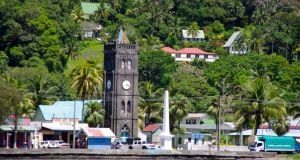
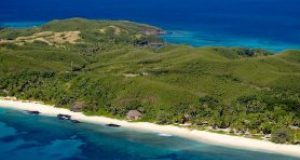




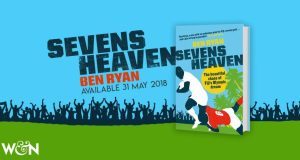


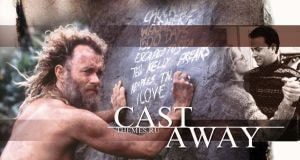

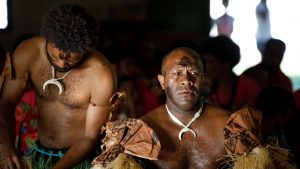
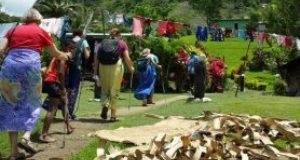

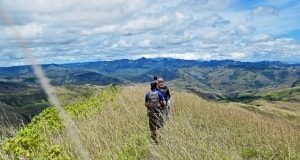


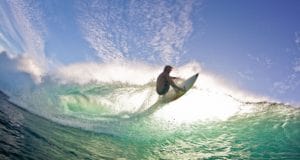
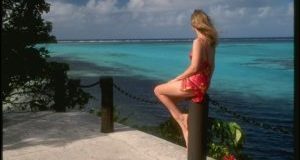

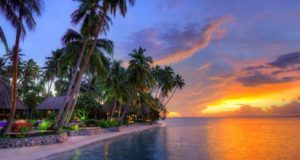



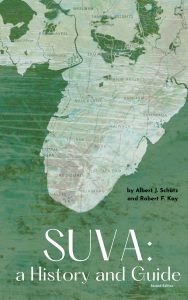
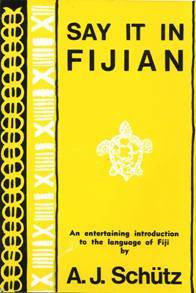

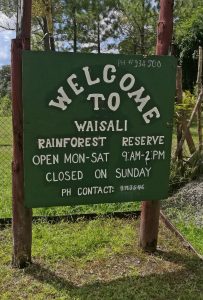
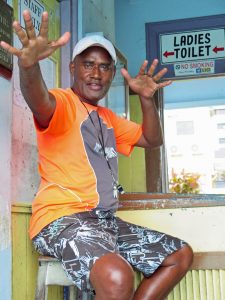
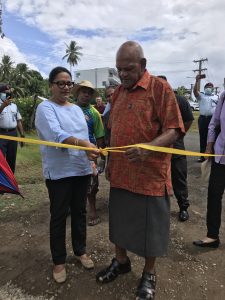


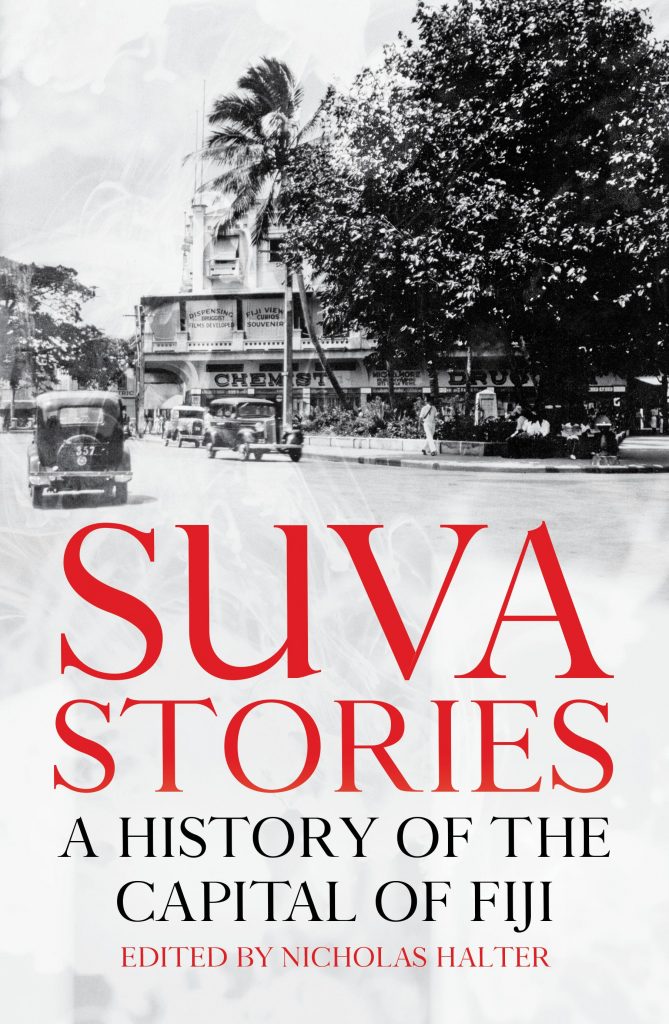
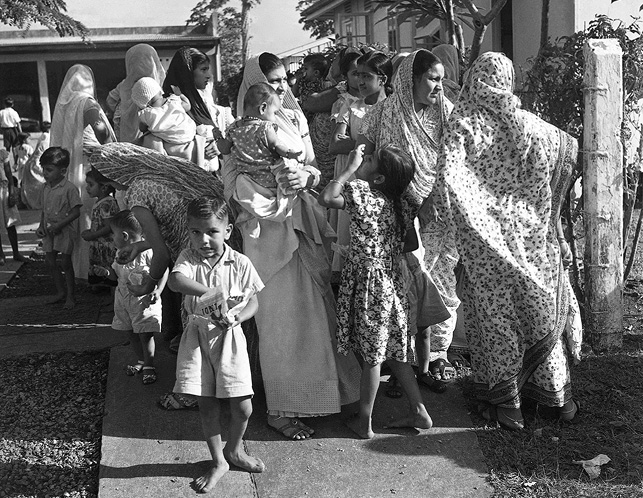
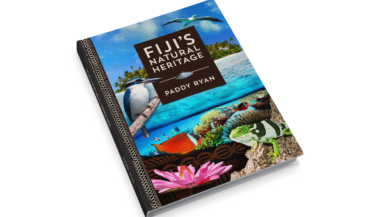


Leave a reply